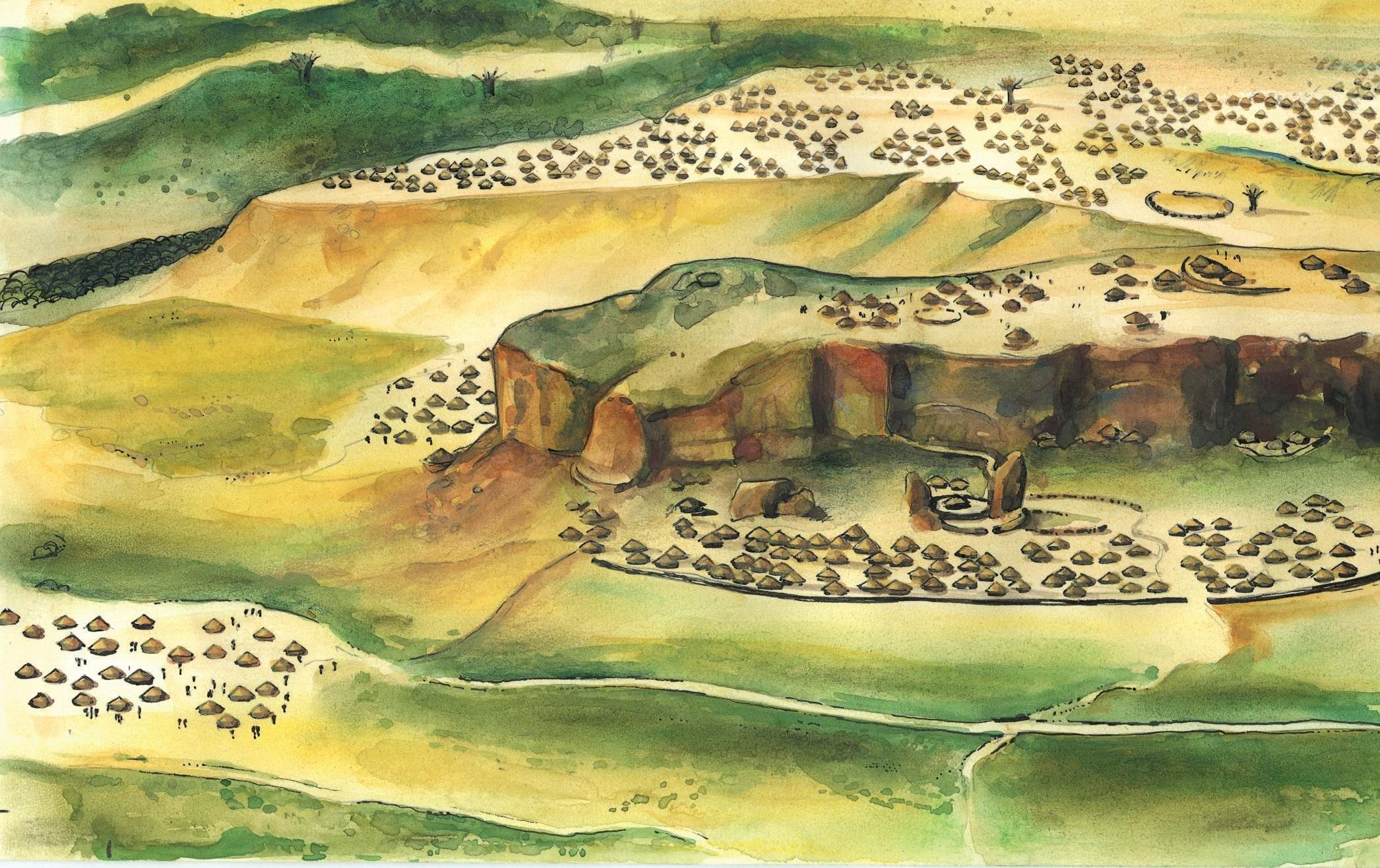- In its early stages, the social organization of the Mapungubwe Kingdom was egalitarian, with little social differentiation among the people.
- However, as the population grew and the kingdom expanded, social classes emerged, with the ruling classes exploiting the lower classes.
- The ruling class in Mapungubwe lived luxurious lives, with a diet that included lots of beef and beer. They wore imported cloth and their women wore beautiful jewellery.
- The ruling class lived in expensive houses, which were built by those in the lower classes, and they lived separately from the lower classes.
- Despite social differentiation, the state put more importance on courage, industry, and vision as compared to heredity.
- This meant that those in the lower class but with special trade skills such as iron-smithing, and hunting among others were afforded the chance to show off their skills.
- Pottery making was considered an important social activity in Mapungubwe, usually done by women.
- Pottery was used to express the quality of life people were leading and their level of development.
- The people of Mapungubwe were also known for soapstone carving, as the stone was readily available in the kingdom.
- Some of the carved items discovered by archaeologists include sculptures of animals such as elephants, rhinoceroses, and baboons.
- The kingdom had a system of totemism, with different clans identifying with different animals. The most prominent totem was the elephant, which was also depicted in soapstone carvings.
- Trade was an important aspect of social organization in Mapungubwe, with the kingdom being a hub for trade routes that linked the interior of southern Africa with the east coast.
- The kingdom also had a sophisticated system of agriculture, with the cultivation of crops such as sorghum and millet. Farming was done by the lower classes, who also engaged in hunting and gathering.
- Music and dance were important cultural practices in Mapungubwe, with different musical instruments such as drums and xylophones being used to accompany dance performances.



